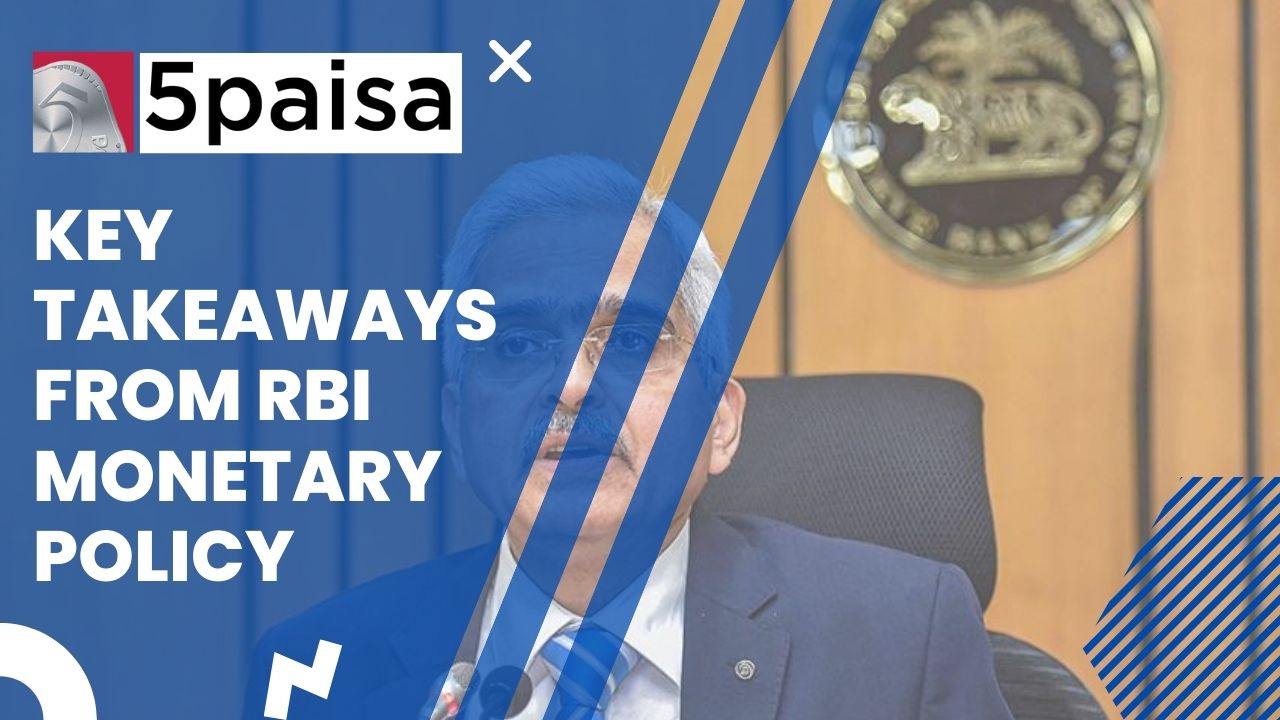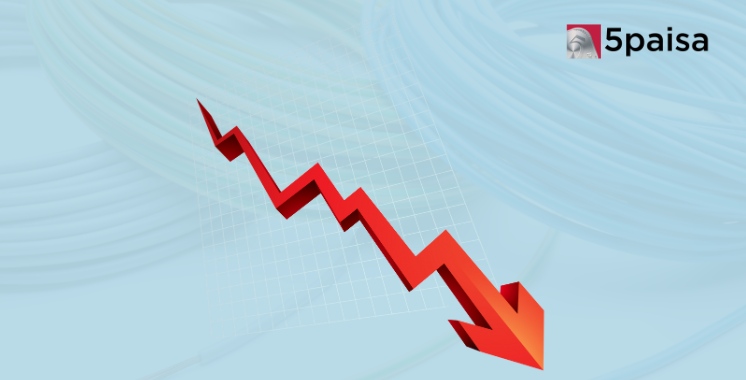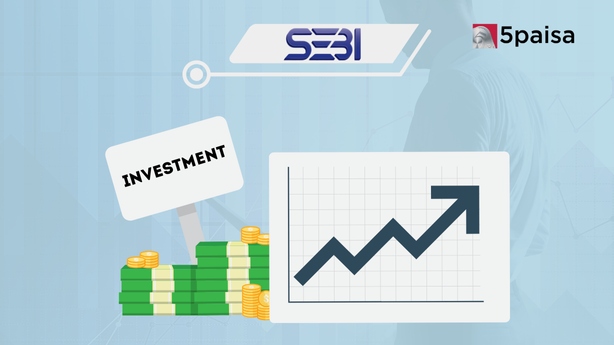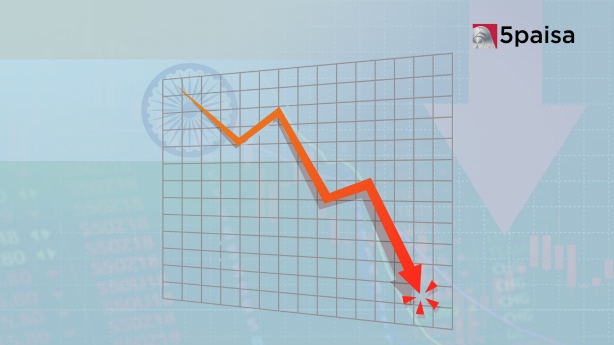Cable and Wire Stocks Decline for Second Session Amid Aditya Birla Group's Market Entry
RBI maintains repo rates at 6.5% in April 2023 policy

The RBI found itself in a strange situation ahead of the April monetary policy. Core inflation was still sticky, so it could not entirely stop rate hikes. Money had to be expensive to control inflation. However, two things had changed at a macro level. Firstly, the global banking crisis that had consumed SVB Bank, Signature Bank and Credit Suisse in 2 weeks, was partially attributed to higher interest rates. Hawkishness had resulted in huge bond losses, forcing the banks into a tight liquidity corner.
In addition, the RBI governor had to also take into account some of the demands from the trade and industry bodies to go slow on rate hikes. After all, rate hikes were putting pressure on net margins of Indian companies and also on the solvency ratios like the interest coverage ratio and the debt service coverage ratio. It is in this context that the first monetary policy of FY24 was announced by the RBI MPC on 06th April 2023. RBI adopted the middle path. It called a halt on rate hikes, but made it amply clear that it was a pause and not a cessation of rate hikes. That may or may not be the actual case.
What are the highlights of the RBI Monetary Policy (April 2023)
Even as the Fed spoke of keeping banking crisis and monetary policy discrete, RBI has concluded it is not that simple. Hence the RBI has charted its own course.
-
The benchmark repo rates were held constant at 6.50%, contrary to the popular expectation of a 25 bps rate hike by the RBI. Incidentally, repo rates are already up 250 bps from the May 2022 lows. In fact, if you add the 40 bps boost from the SDF (special drawing facility) rate, then the actual rate hikes are 290 basis points.
-
What does that mean for the pegged rates in the economy? The SDF rate (erstwhile reverse repo rate) is pegged at 25 bps below the repo rate, so it stays put at 6.25%. On the other hand, the bank rate and MSF rate are pegged at 25 bps above the repo rates, so they also stayed put at 6.75%. That should offer some relief to lending rates.
-
RBI governor too pains to specify that the status quoin April was merely a temporary pause and not indicative of the future trajectory of rates. However, the RBI governor is obviously using the solid economic data to do a dry run with what could happen if rate hikes were paused. The outcome may be visible in the next few weeks.
-
The RBI, in its routine estimates has upped the growth estimate for FY24 by 10 bps and lower the inflation estimate for FY24 by 10 bps. That is a dual advantage for the economy. So, the FY24 GDP growth stands raised from 6.4% to 6.5% while the projected inflation for FY24 stands reduced from 5.3% to 5.2%.
-
MPC members voted unanimously to hold repo rates at 6.50% but were 5:1 in favour of withdrawal of accommodation. The RBI has shown the right leadership in factoring in the views of 2 members who had been opposed to rate hikes. This gives weight to the dissenting view rather than just relying on the majority approach.
-
Is this a compromise formula? It probably could be. RBI has been facing demands from Assocham and FICCI to go slow on rate hikes as it is hitting companies hard. The banking crisis globally, gives RBI the opportunity to take a chance with status quo on rates and assess the outcome. However, with inflation at above 6%, hawkishness may stay.
Outlook for inflation and GDP growth for FY24
RBI has lowered the inflation estimate for FY24 by 10 bps from 5.3% to 5.2%. While oil prices may keep inflation down, core inflation could face the lag impact of input costs. For the 4 quarters of FY24, the consumer inflation is pegged at Q1FY24 at 5.1%, Q2FY24 at 5.4%, Q3FY24 at 5.4% and Q4FY24 at 5.2%. The RBI has also got a breather from the lower than expected current account deficit (CAD). For the third quarter ended December 2022, the CAD came in sharply lower at 2.2% of GDP in Q3FY23. A sharp spike in services exports appears to have largely neutralized the surge in goods imports and toned down CAD.
Why were GDP estimates raised by 10 bps to 6.5%? The growth projections assume better than expected Rabi crop this season. That is likely to give a boost to rural incomes and rural consumption. GDP growth projection for FY24 has been broken up quarter wise as under. GDP growth is projected at: Q1FY24 at 7.8%, Q2FY24 at 6.2%, Q3FY24 at 6.1% and Q4FY24 at 5.9%. It depends on which way you look at it, but higher rates do not seem to have dented the growth trajectory of the Indian economy. That may be the good news.
Is this the end of hawkishness, or is it just a pause?
That question still remains, irrespective of what the RBI governor may have said in the post MPC conference. For RBI it was not just about the global banking crisis. That has had limited impact on India, except for some sentimental impact on the fringes. The real story that the RBI is looking at is the stress in domestic markets. Indian companies are facing the double whammy of falling net profit margins and weakening solvency ratios. The pause seems to have been driven by that. It looks like a pause, but if there are no negative implications on inflation, RBI may persist with its current stance. The next policy statement in early June could be a lot more interesting and insightful too.
- Flat ₹20 Brokerage
- Next-gen Trading
- Advance Charting
- Actionable Ideas
Trending on 5paisa
02
 5paisa Research Team
5paisa Research Team
03
 5paisa Research Team
5paisa Research Team
04
 5paisa Research Team
5paisa Research Team
Indian Market Related Articles
Disclaimer: Investment in securities market are subject to market risks, read all the related documents carefully before investing. For detailed disclaimer please Click here.




